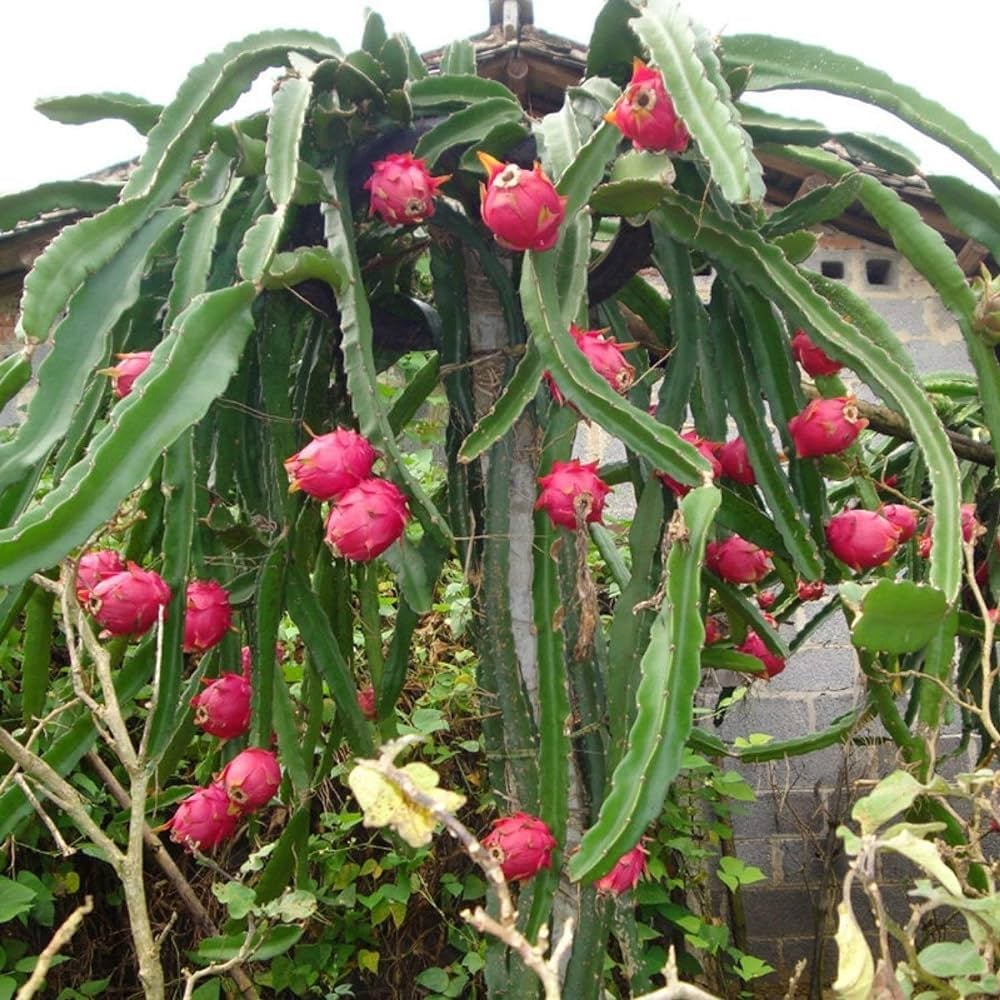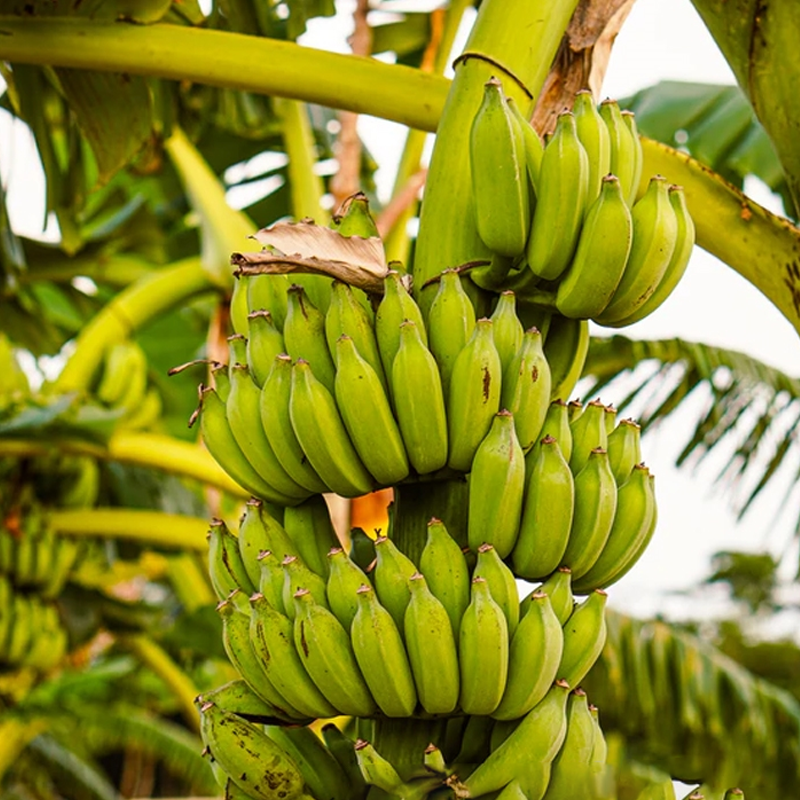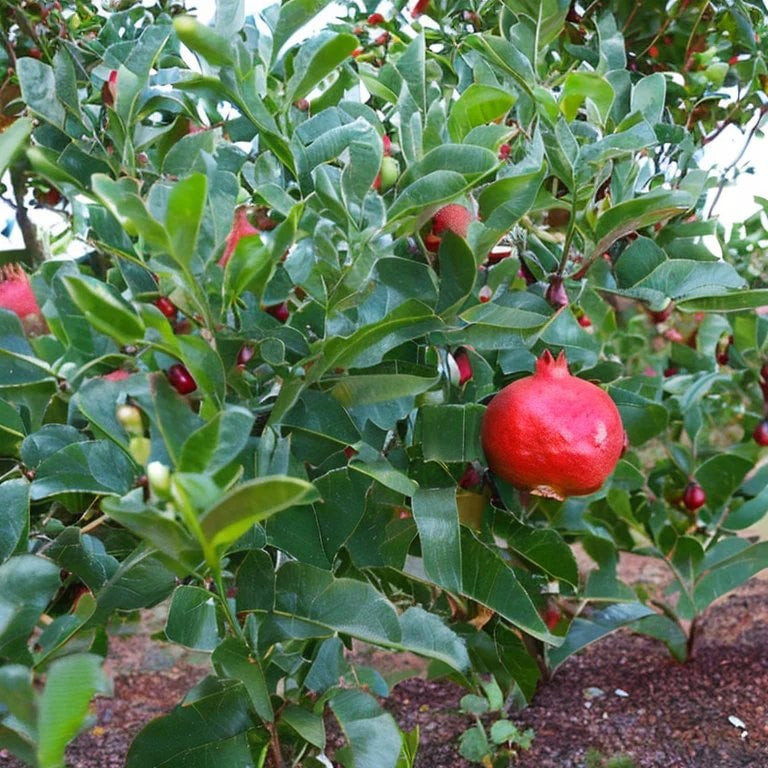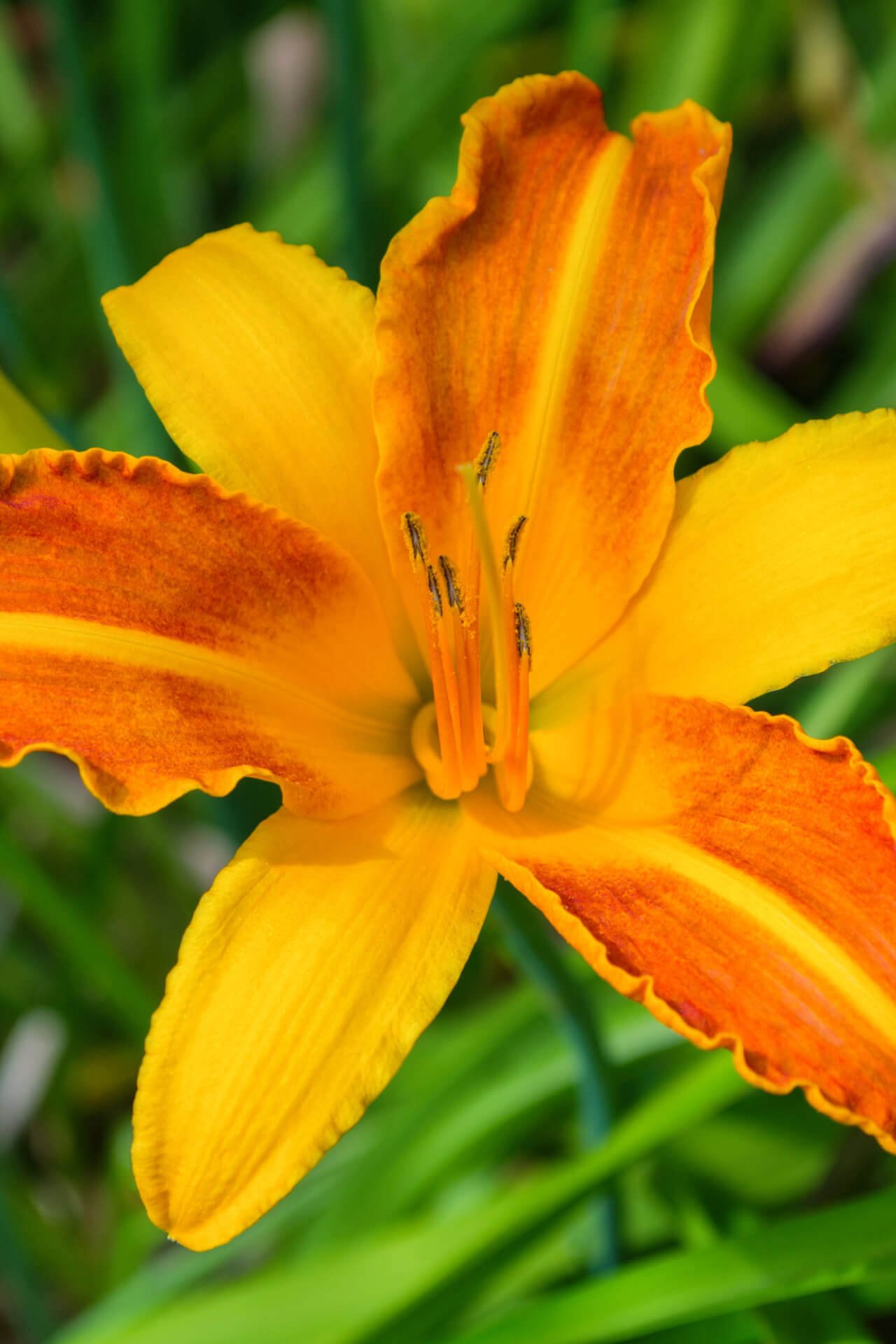

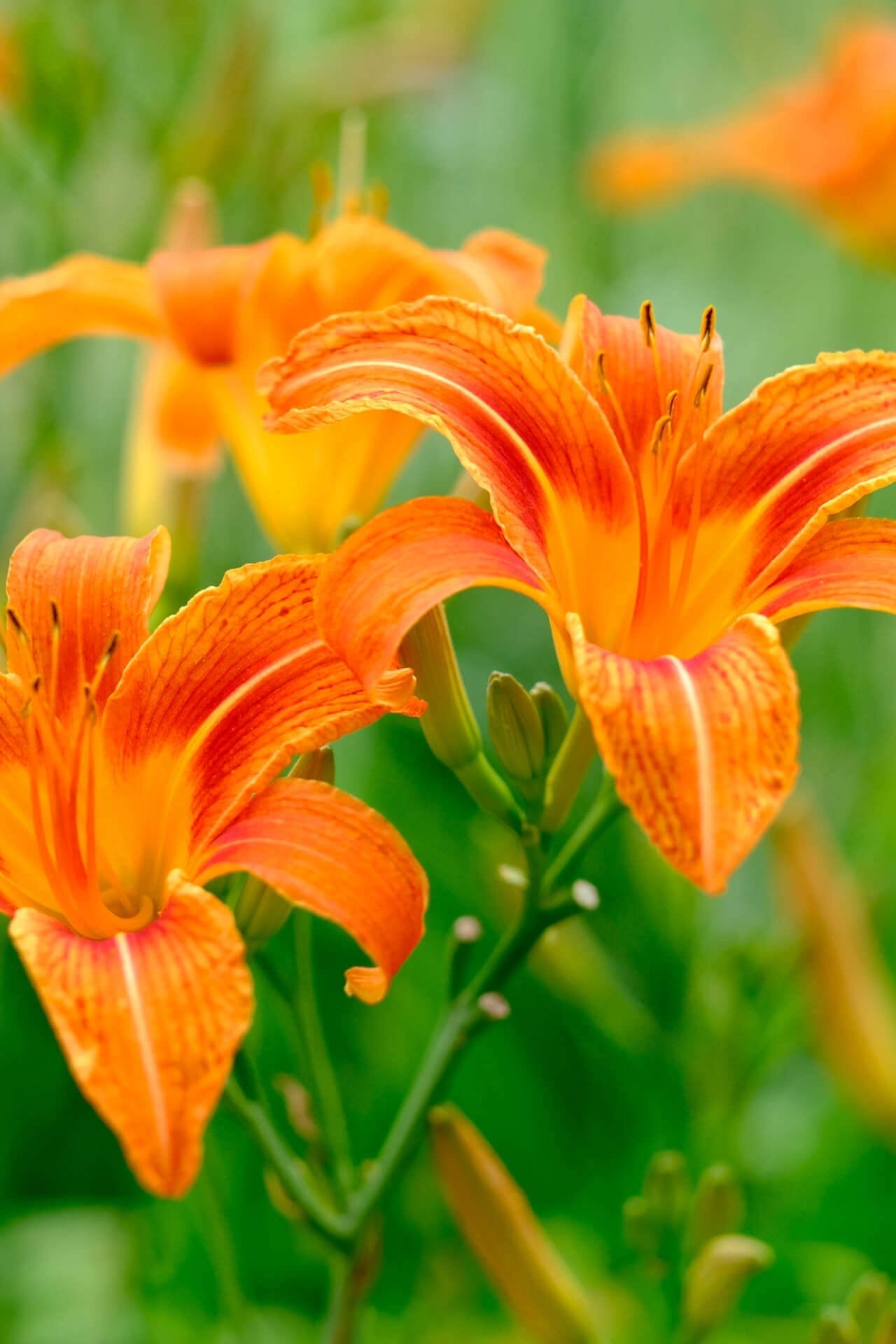
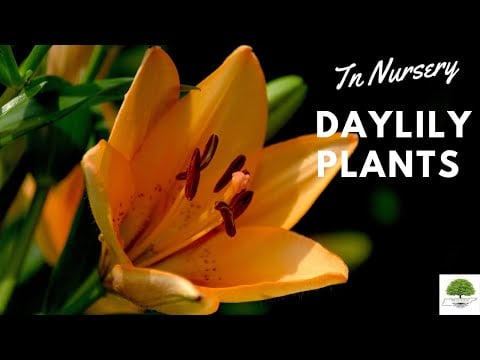
Orange Daylily
Brightens garden with vibrant color
Long-lasting blooms throughout summer
Drought-tolerant once established
Thrives in
ZONE 3ZONE 4ZONE 5ZONE 6ZONE 7ZONE 8ZONE 9This plant ships:
Ships Week of May 5thOrange Daylily - Hemerocallis fulva
Orange Daylily has trumpet-shaped orange flowers that form dense clusters atop slender stems. It is a vibrant and versatile flowering plant with numerous landscaping benefits. Its striking appearance, adaptability, and low-maintenance qualities make it famous for various garden designs. These benefits contribute to the overall aesthetic appeal and functionality of outdoor spaces. The plant provides a vertical element that adds dimension and depth to garden compositions. The vibrant blooms add color to landscapes, creating eye-catching focal points instantly attracting attention.
They are flowering perennial bulbs that are named for the day-long lifespan of their blossoms. Europeans brought this carefree ornamental daily to North America in the 1800s, which has remained popular ever since.
Orange Daylily Native Habitat
Native to China and Japan, Hemerocallis fulva is naturalized in Europe and throughout much of North America. It grows naturally in thickets, along woodland borders, and in fields, meadows, and floodplains. When left unchecked, the plants tend to spread. They typically bloom in July and August and come back year after year.
Appearance Of Orange Daylily
Hemerocallis fulva has showy, bright-orange flowers that bloom in clusters at the top of two-to-three-foot-tall branched stalks. The four-to-six-inch-diameter blossoms open individually, revealing three flared petals and three slightly smaller sepals shaded with red or gold. The plants grow in clumps, with straplike foliage that emerges from just above the soil. These narrow, bright green leaves grow up to three feet long and arch toward the ground, creating a mounded look.
If you want to add bold, breezy color to your lawn during the height of summer, planting Hemerocallis fulva in clumps or along the edges of your property border can do the trick. This flower looks brilliant when planted in mass over larger areas and is wonderfully suited to informal meadows and hillside landscapes. It's also well-suited to smaller butterfly and pollinator gardens. After the blooming season, the plant's pretty green leaves will continue to add texture to your yard and can even make a serviceable ground cover. You can quickly propagate daylilies by dividing and replanting them in the spring or fall.
In North America, it can be a food source for pollinators. The flowers provide nectar for butterflies and hummingbirds, and small bees may collect pollen from their anthers. In springtime, white-tailed deer and rabbits may enjoy eating the plant's leaves when they are young and tender. When you want to celebrate the summer sunshine, planting Hemerocallis fulva is a great way to draw the eye and brighten your day.
Fertilizing them require slow-release fertilizer, preferably 10-10-10 or 20-20- 20. You can also use the fertilizer when preparing your plants for the flowering season and after the flowering season. Do not fertilize too much since the plants will lose their bloom in favor of foliage.
They are easy to grow and thus good for gardeners who have little or no knowledge of planting. It should be noted that they are xeriscape plants with very low susceptibility to pests and diseases and need very little attention other than the removal of spent blooms and division every 3 to 5 years.
The variety of them is ideally recommended for outdoors, but in case one does not have space outside the house, the flowers can be grown in large pots in areas where there is adequate sunlight. Practice good care by giving them 6 hours of direct sun and proper drainage for the plants to grow well.
They are good companions to such plants as coneflowers, black-eyed Susans, and ornamental grasses. These companions enhance the daylily's bright colors and provide structure and seasonal interest to your garden.
Orange day lily needs well-drained soil and prefers full sunlight and partial shade. They are a flexible species and can grow in various weather conditions, thus suitable for landscaping.
This Is How Your Plants Will Look upon Delivery

Bloom Season
Summer
Bloom/Foliage Color
Orange
Height at Maturity
Over 12"
Care
Orange Daylilies are low-maintenance perennials that thrive in well-drained soil with regular watering. Mulch near the bottom to maintain moisture and control weeds. Deadhead spent flowers encouraging more blooms and dividing plants every 3-4 years to prevent overcrowding.
Plant Reproduction
Orange Daylily spread quickly through their thick, tuberous roots and rhizomes, forming clumps.
Shipping date depends on the date displayed and chosen when you order from the product's page.
We only accept returns on plants verified dead. If you think your plants have died, we offer a 1 year warranty, please use this File a Claim Link to verify dead plants and start with return warranty process.





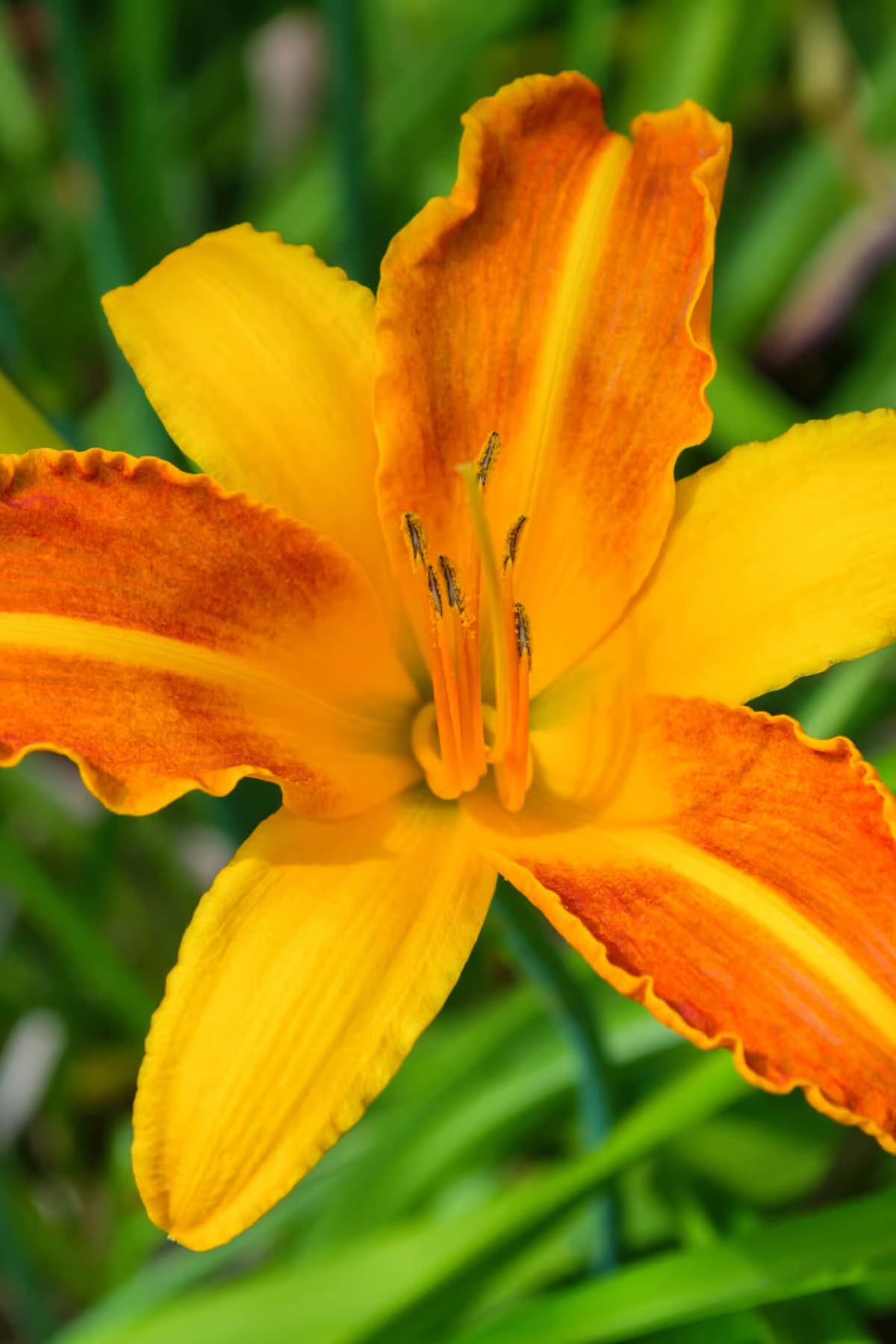
Adaptable:
They thrive in various soil types and conditions, adapting well to different garden settings.
Drought Tolerant:
Orange Daylilies are drought-resistant, making them a sustainable choice for water-conscious gardeners.
Distinctive Blooms:
Orange Daylilies offer bright, trumpet-shaped flowers that add a cheerful splash of color to any garden.
Long Blooming Period:
These daylilies have a prolonged blooming season, providing continuous beauty throughout the summer.
Caring Tips
How do I care for my Orange Daylily?
Each box contains detailed care instructions and information about your product. But here's the basics.
Care Tips
Orange Daylilies are low-maintenance perennials that thrive in well-drained soil with regular watering. Mulch near the bottom to maintain moisture and control weeds. Deadhead spent flowers encouraging more blooms and dividing plants every 3-4 years to prevent overcrowding.
Light Requirements
Orange Daylilies flourish in full sun to partial shade. They need at least 6 hours of natural day light for optimal blooming but can tolerate some afternoon shade. Adequate light ensures vibrant blooms and robust growth throughout the season.
Hardy Planting Zones
3 • 4 • 5 • 6 • 7 • 8 • 9
Header
Use this content to share information about your store and products.
Frequently Asked Questions
How often should I water my plants?
How do I know if my plant is getting too much or too little sunlight?
What should I do to prepare my plants for winter?
What are the signs that my plant needs fertilizing?
How can I prevent pests from damaging my plants?
How do I choose the right plant for my climate zone?



